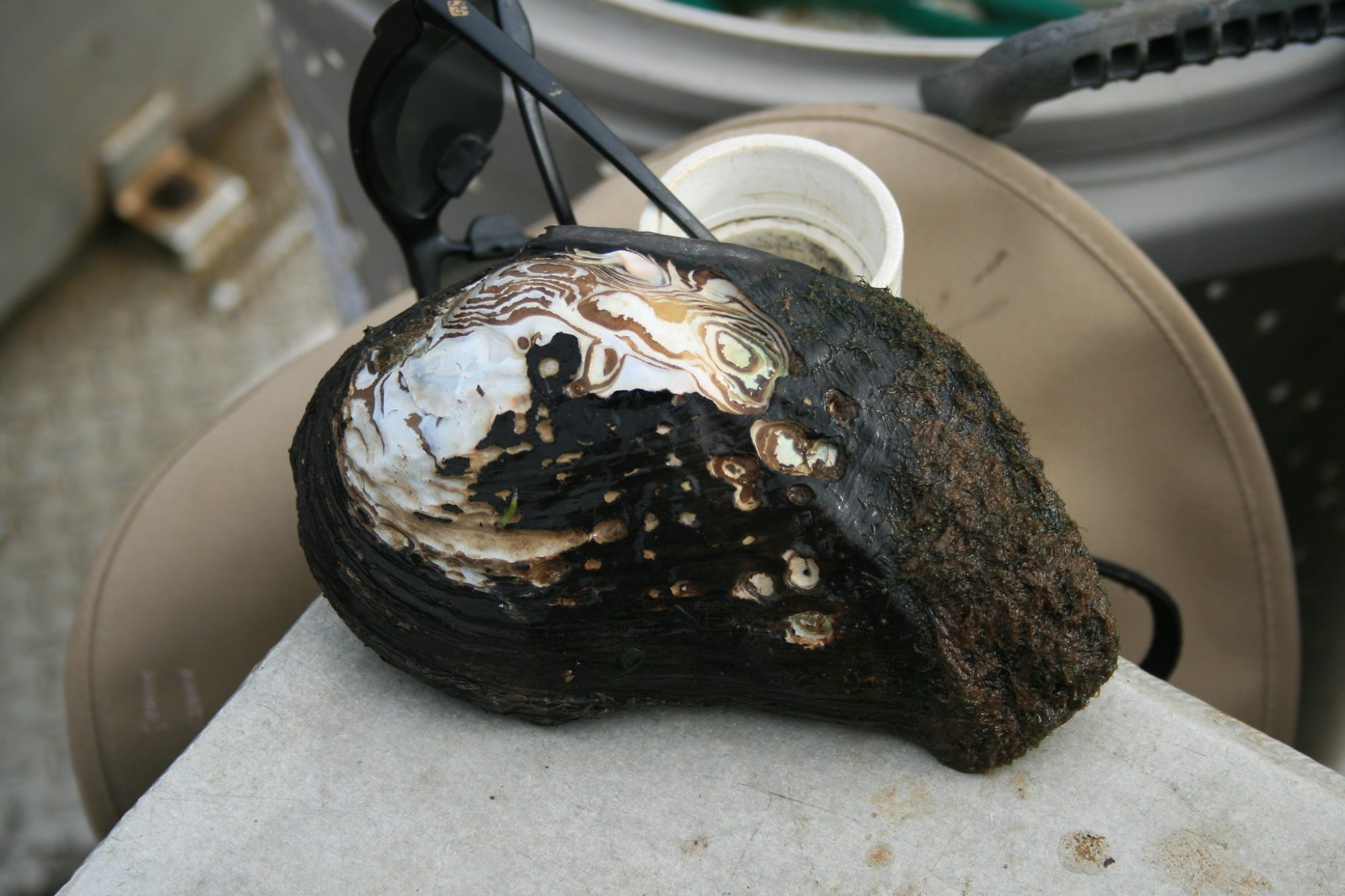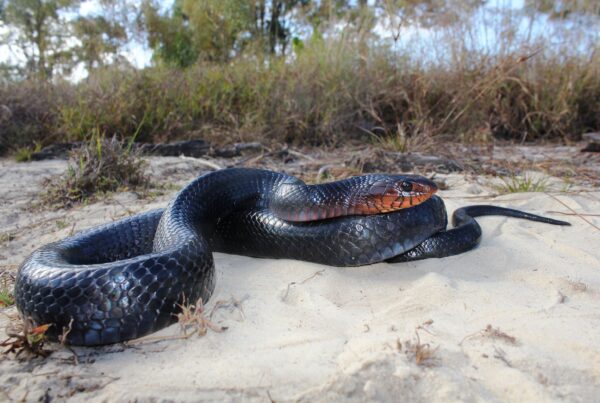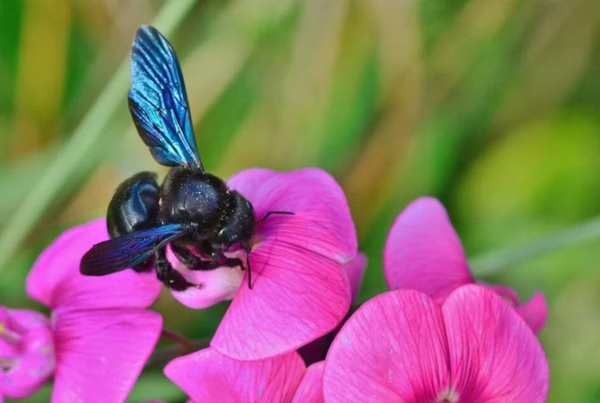Not all of our Florida natives are photogenic. The purple bankclimber, a rare freshwater mussel, is an unglamorous inhabitant of only two river systems in Florida: the Apalachicola and the Ochlockonee, both in the Panhandle. It is a “bivalve” meaning it has two hard shell coverings with a soft interior and a hinge to open and close the shells.
Dark-colored on the outside and growing up to five inches in length, this species is white and purplish on the inside of the shell.
It “filter feeds” by siphoning in food such as algae and plankton as water passes through their opened shells. Adults live on the bottom of the rivers, and they prefer a sandy or muddy bottom with a moderate current. Interestingly, bankclimbers have three teeth-like structures inside their shells.
Bankclimbers and all other mollusks (e.g., clams, oysters) play an important role in aquatic ecology by their filtering activity as up to 10 gallons of water may pass through a single mollusk. To keep the purple bankclimber and similar aquatic organisms, we need clean and abundant water and the protection of natural habitats near our rivers.







